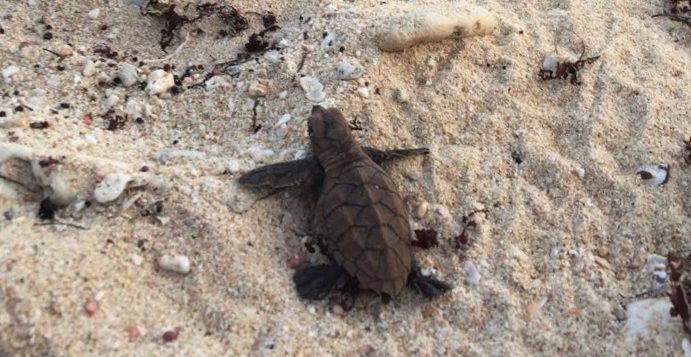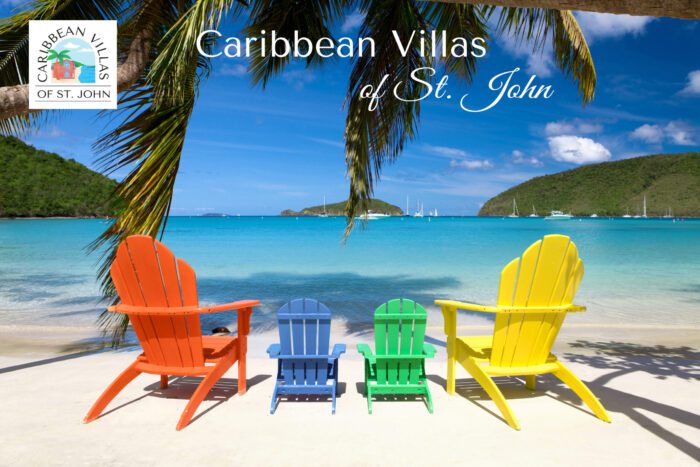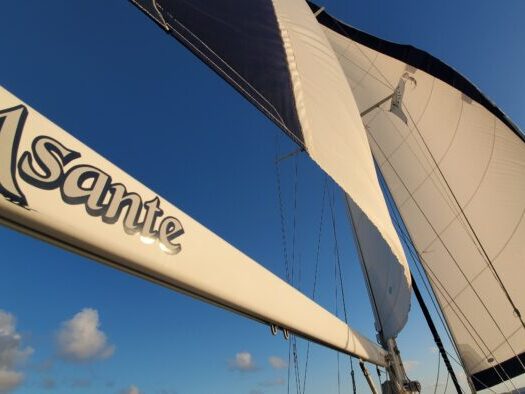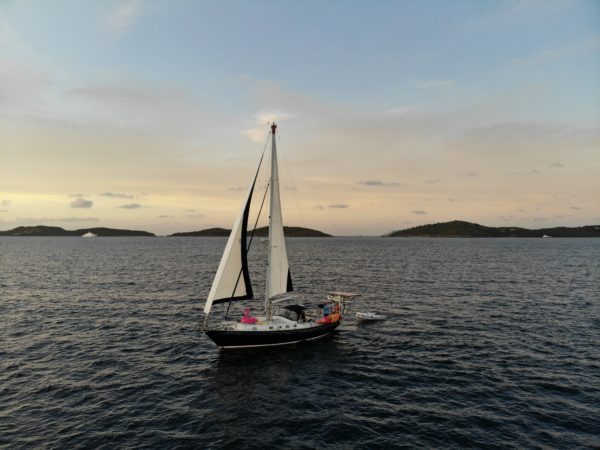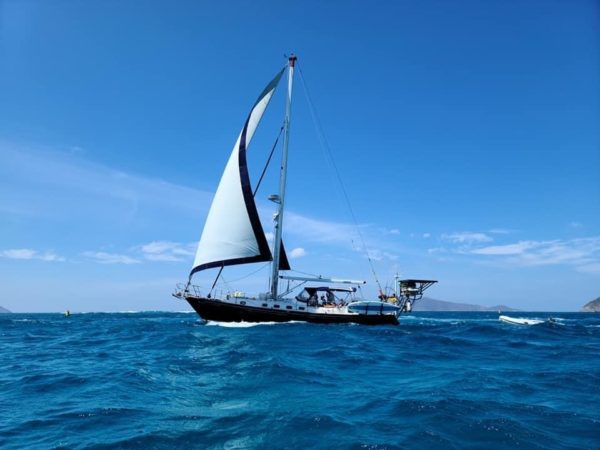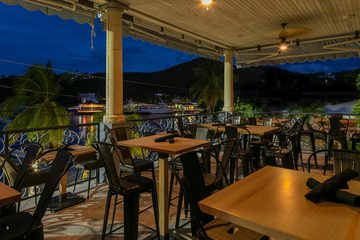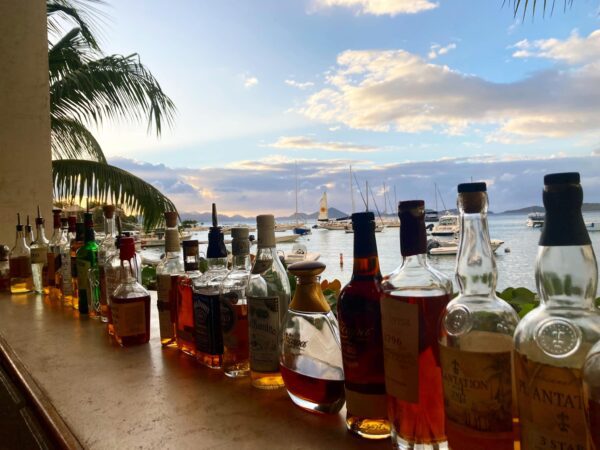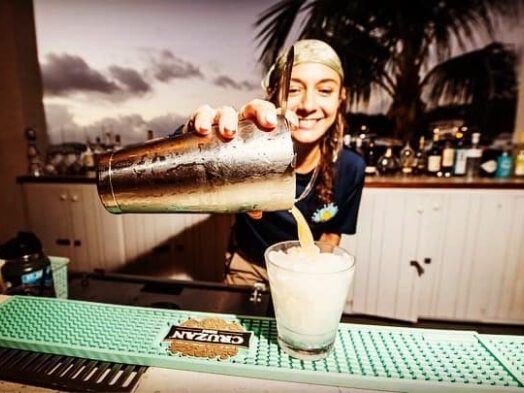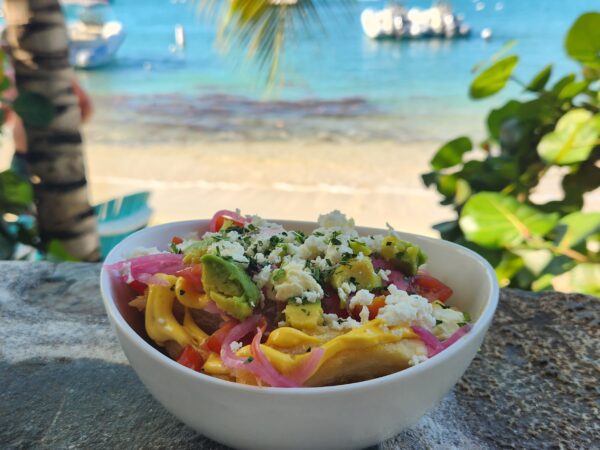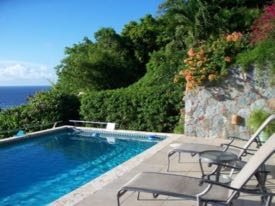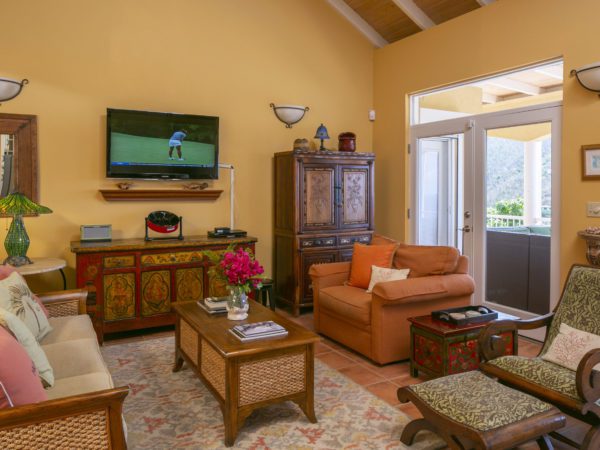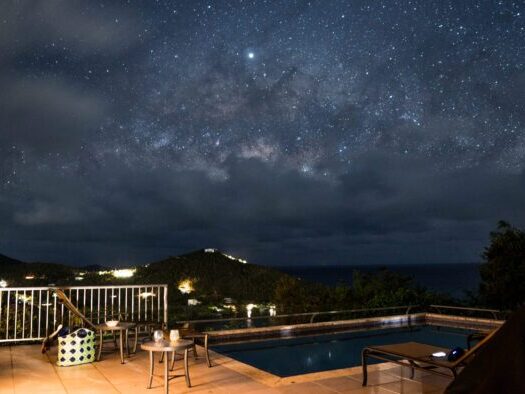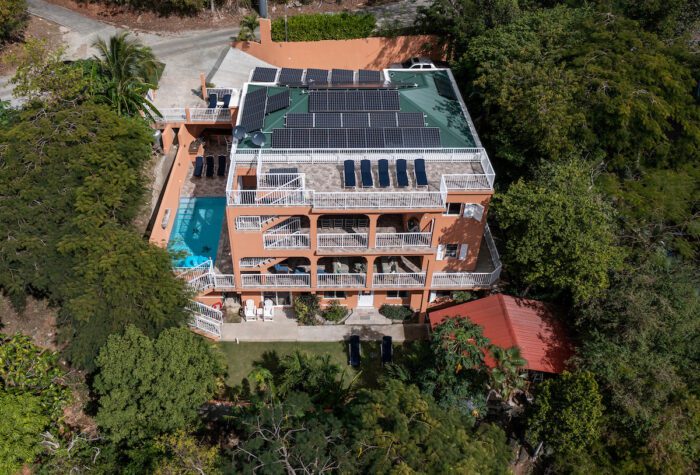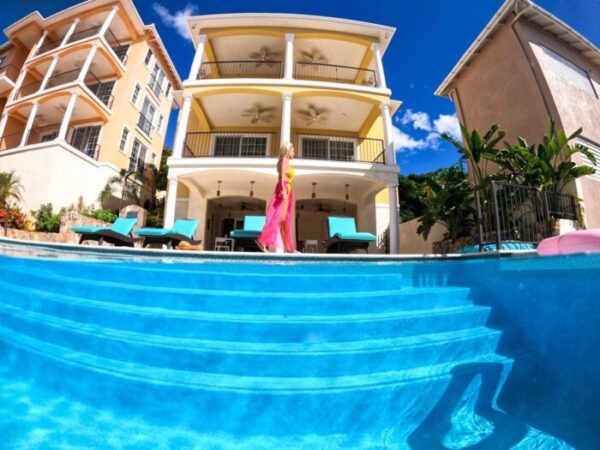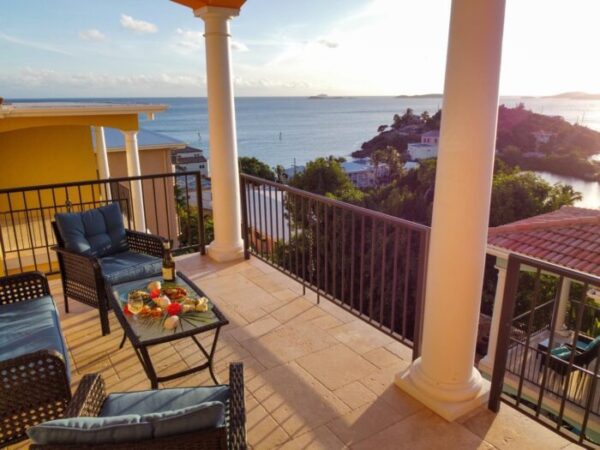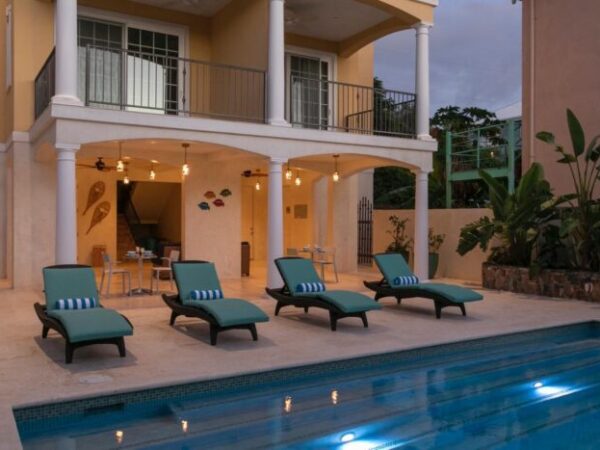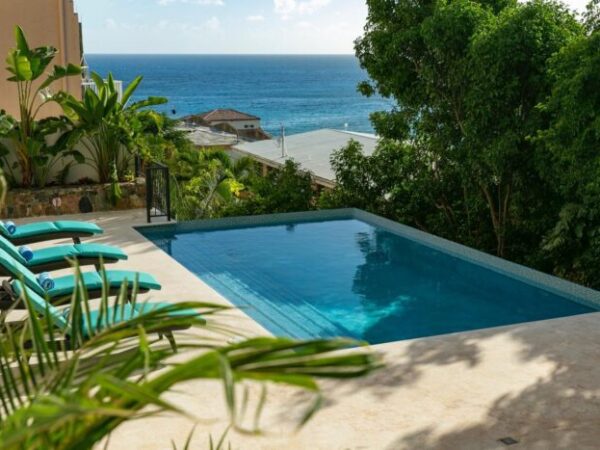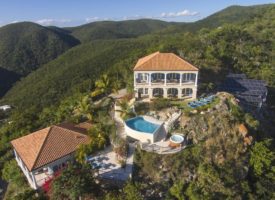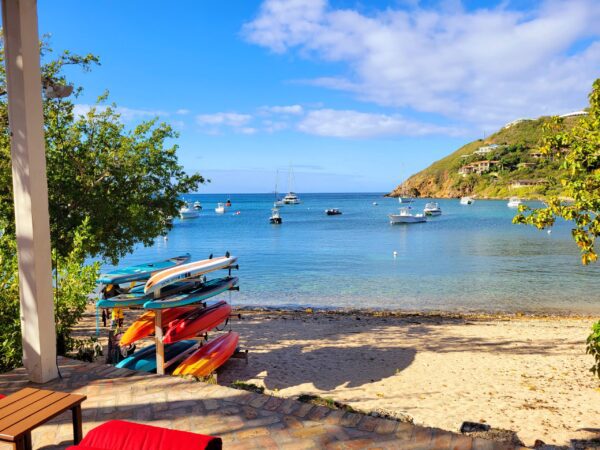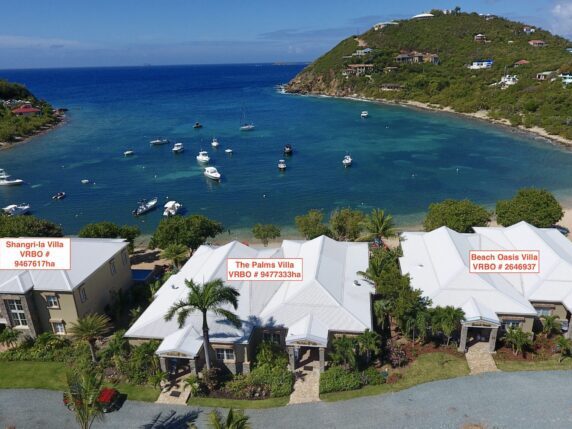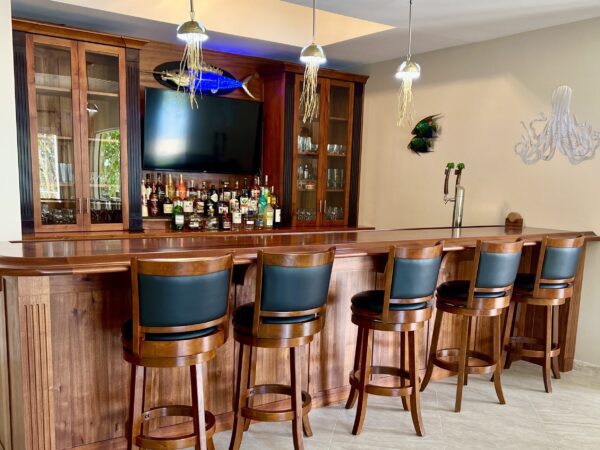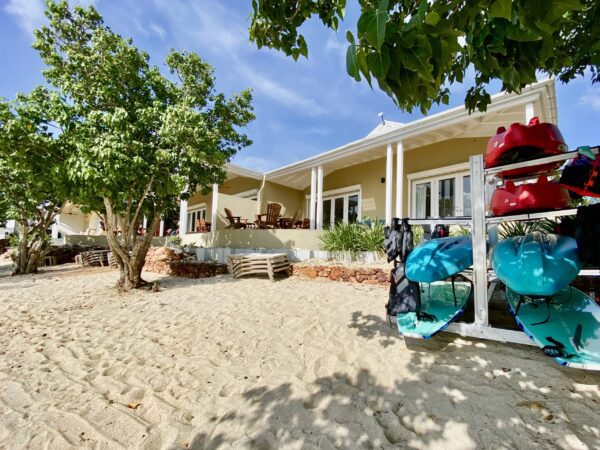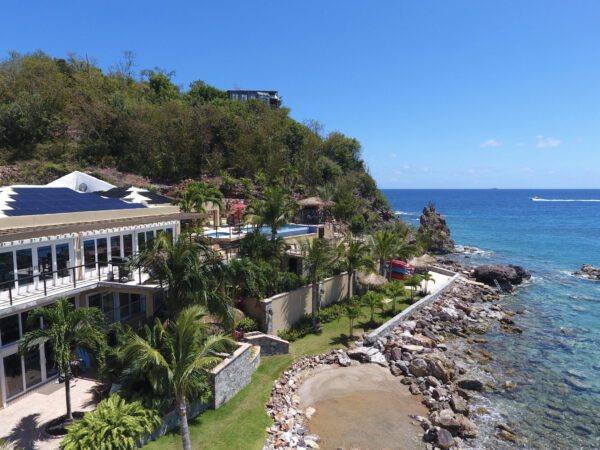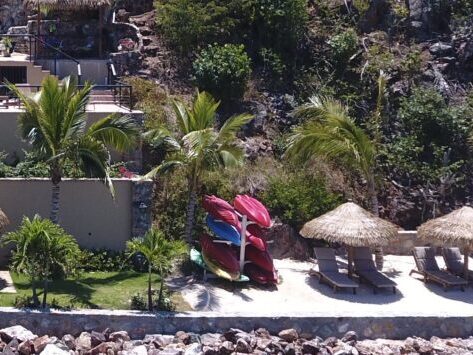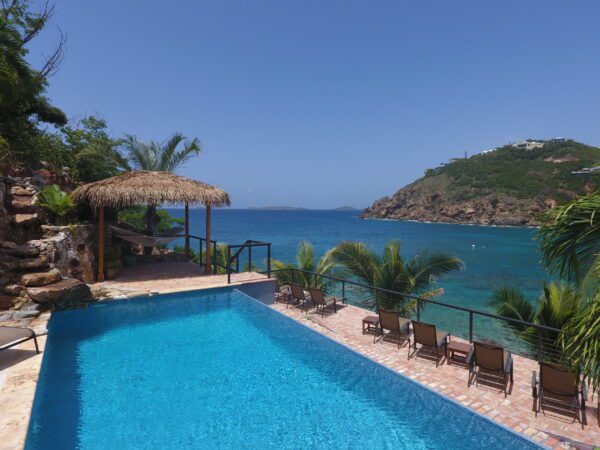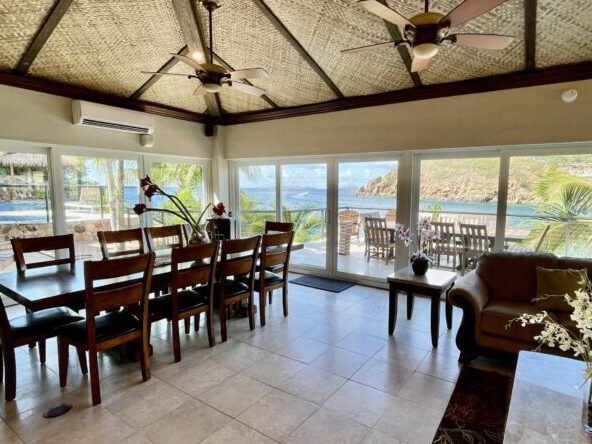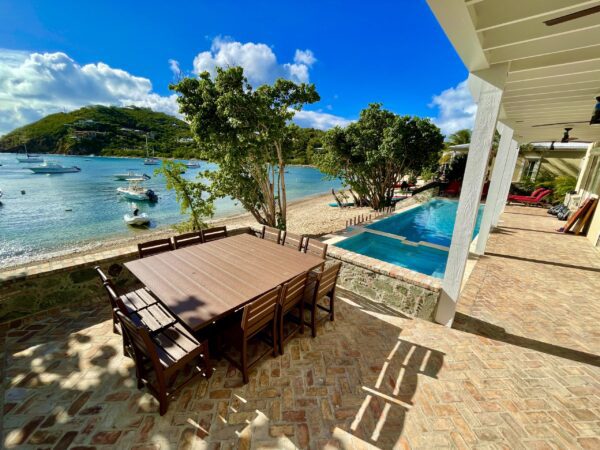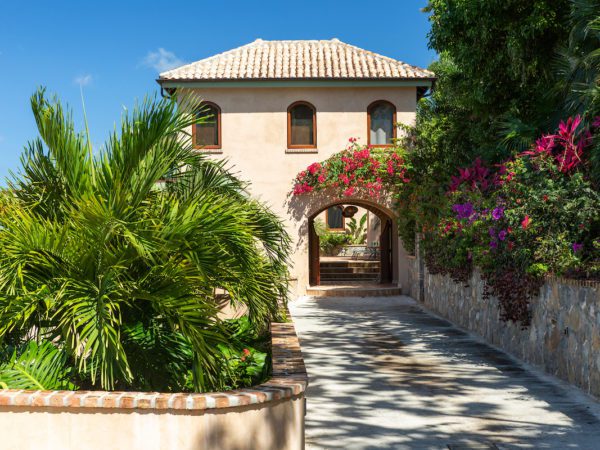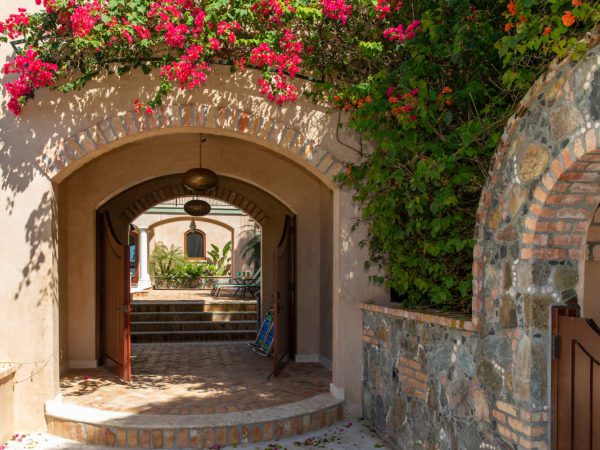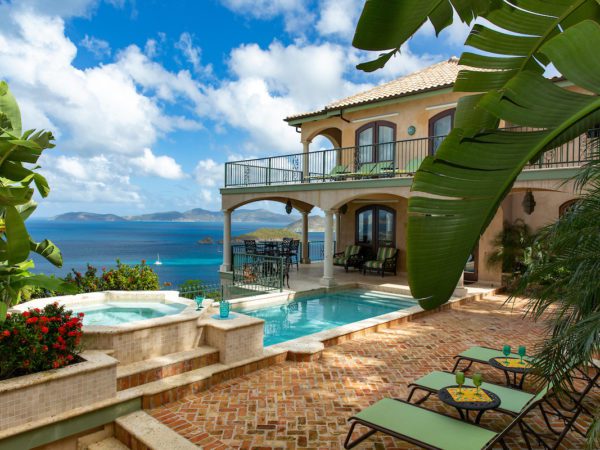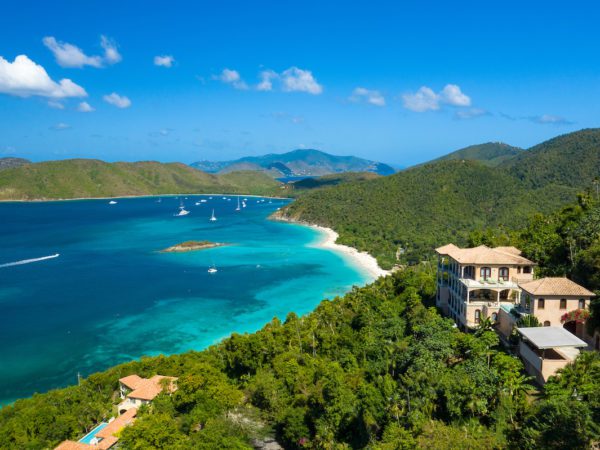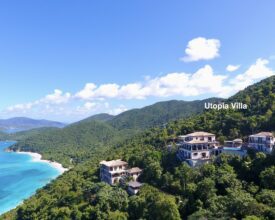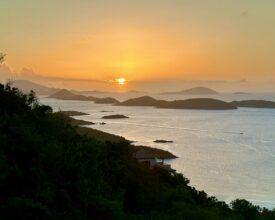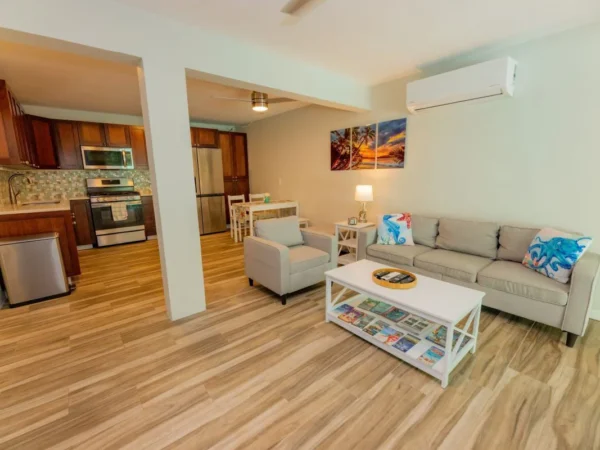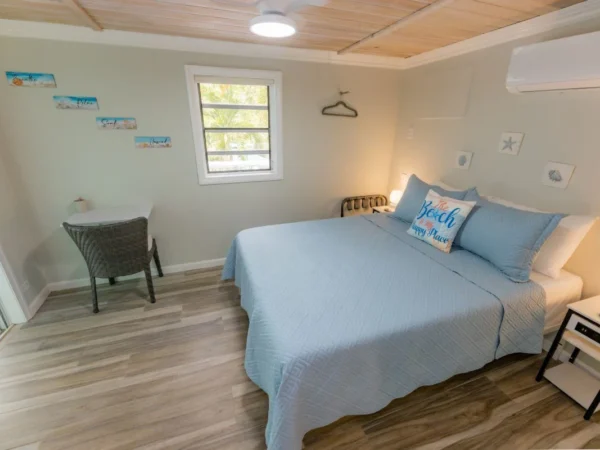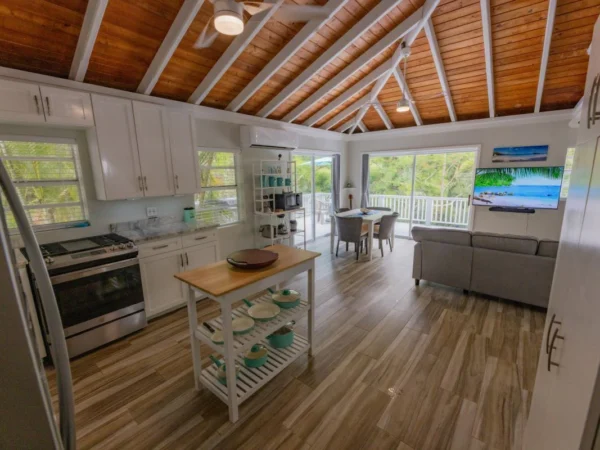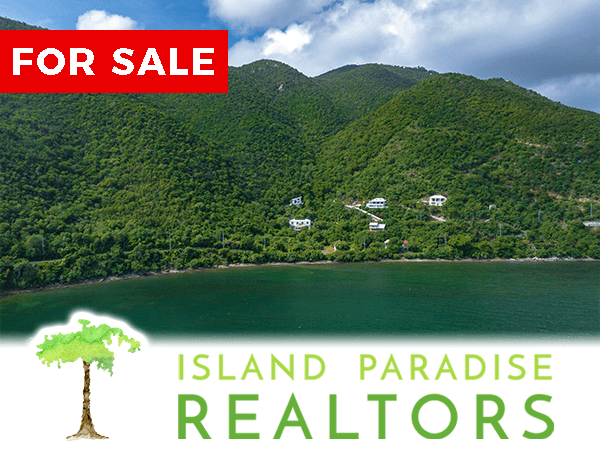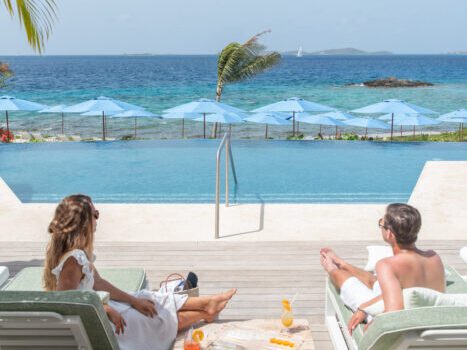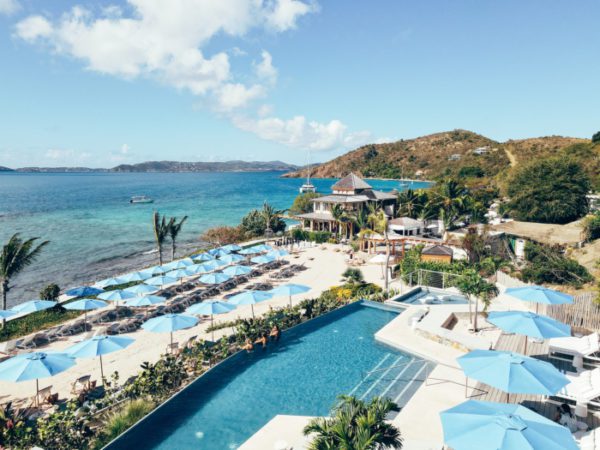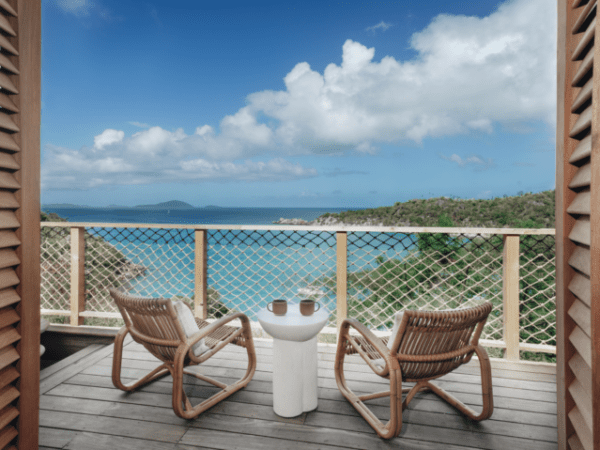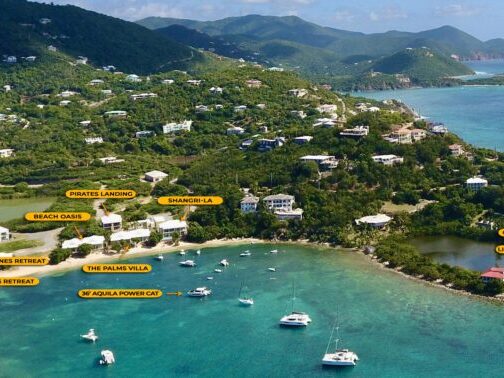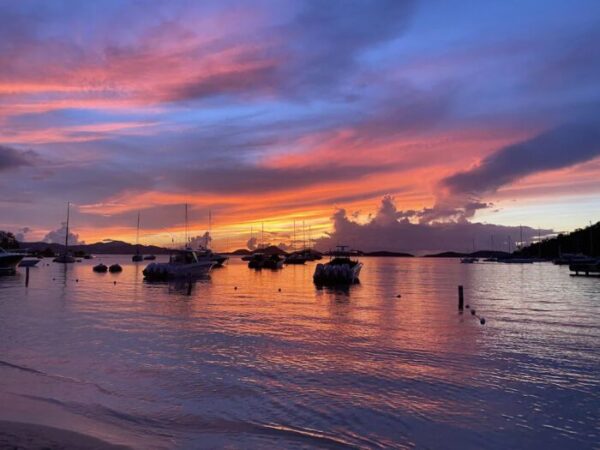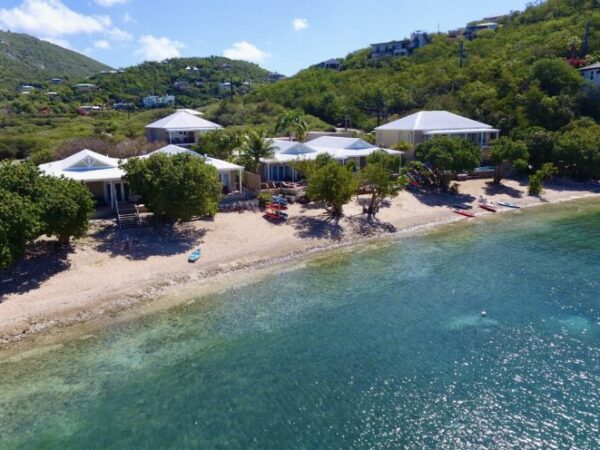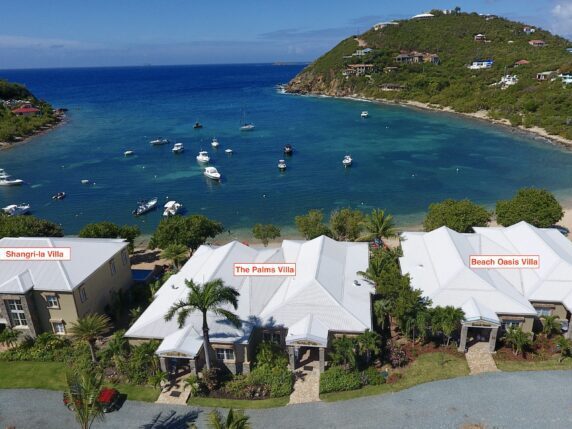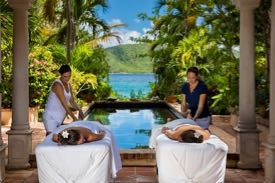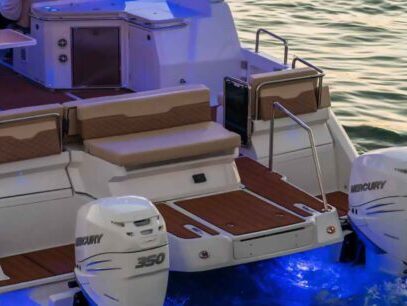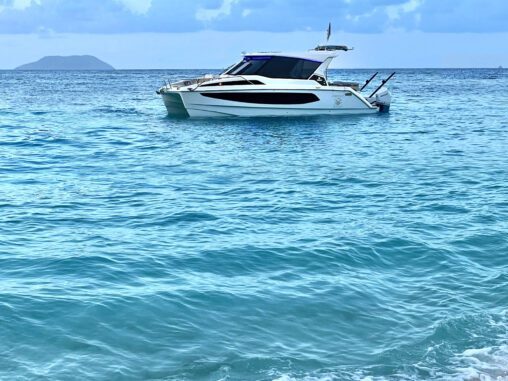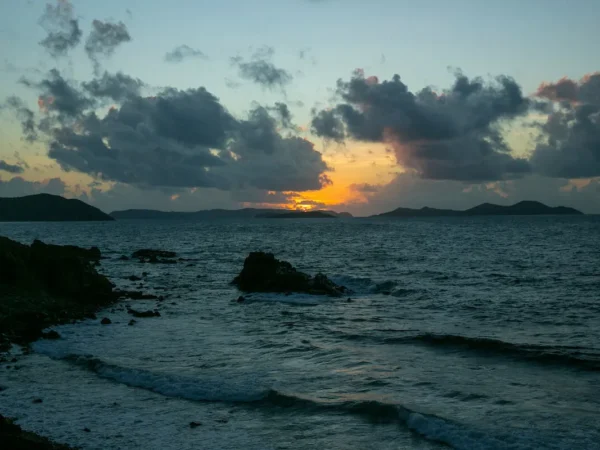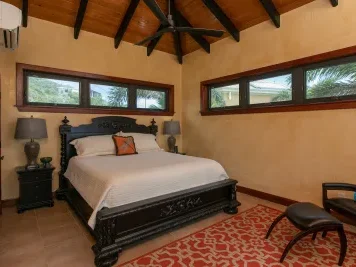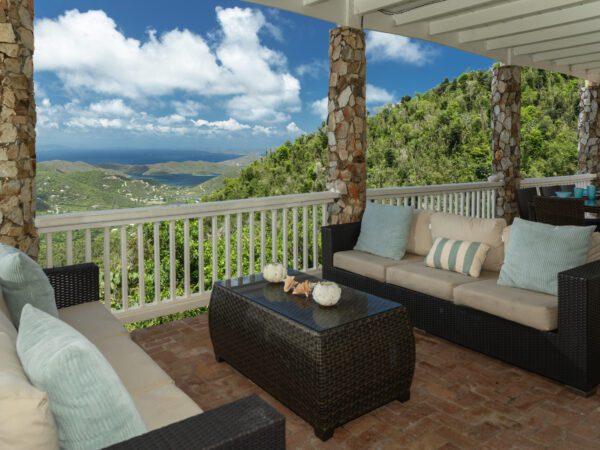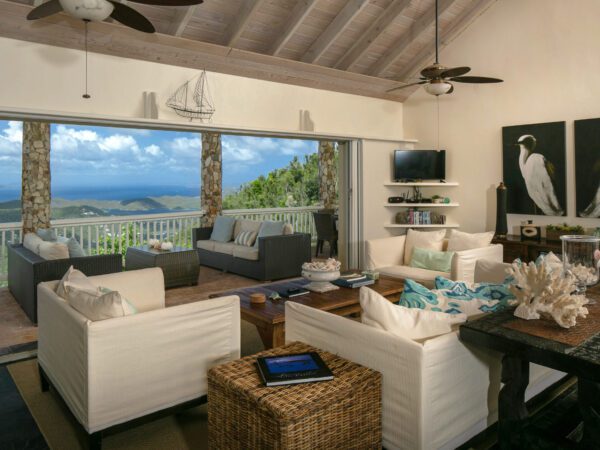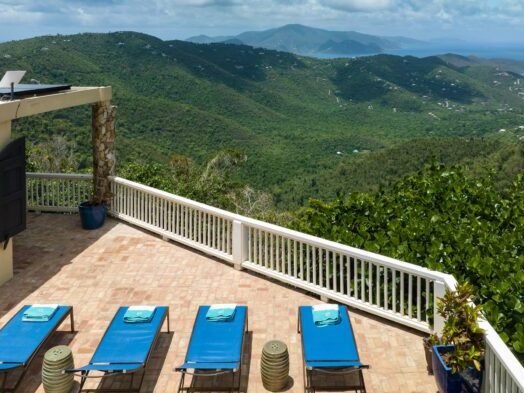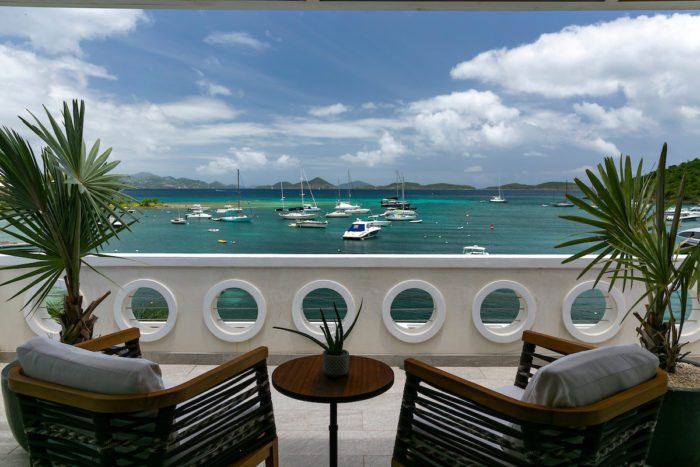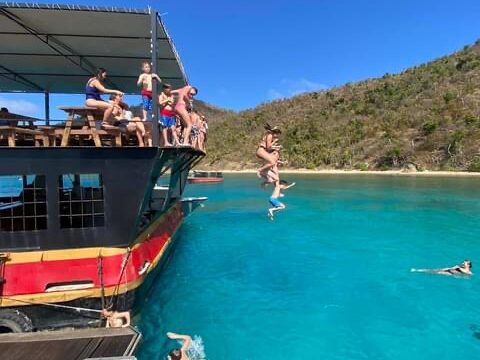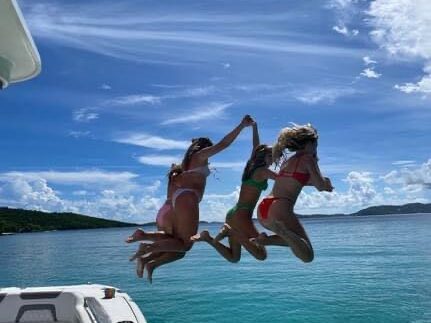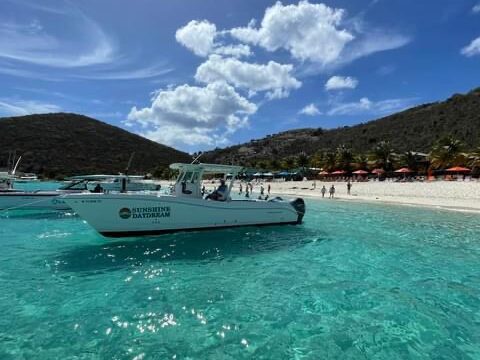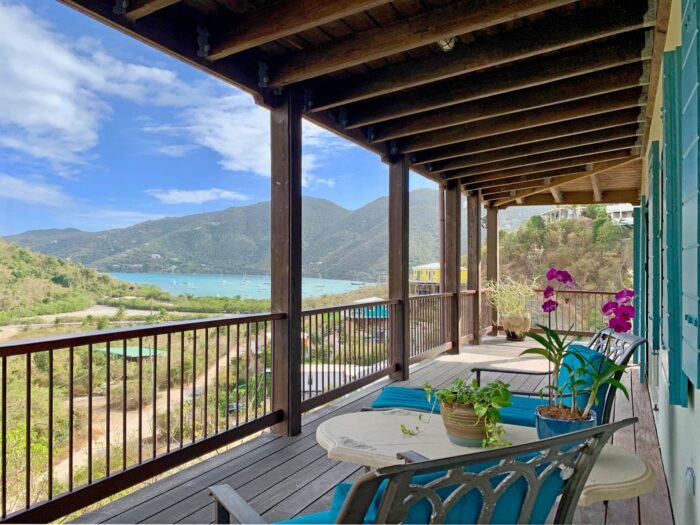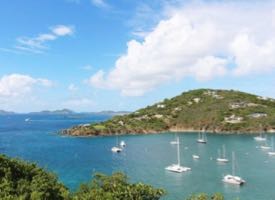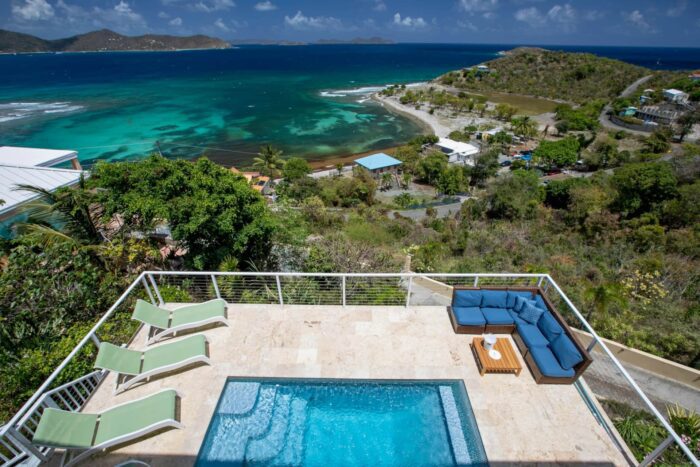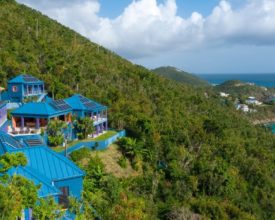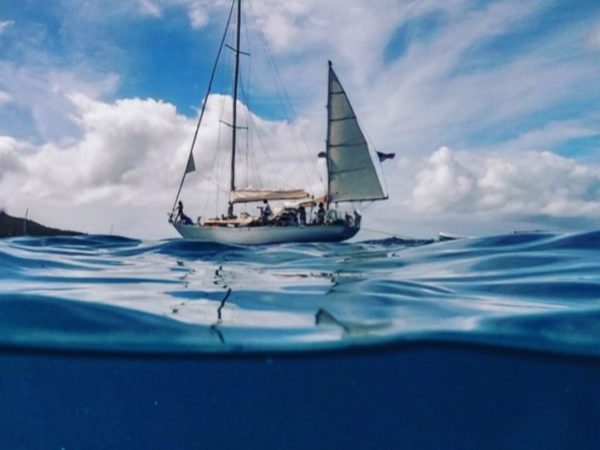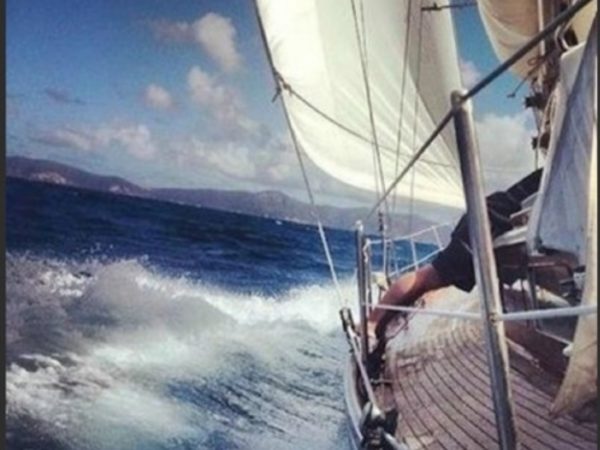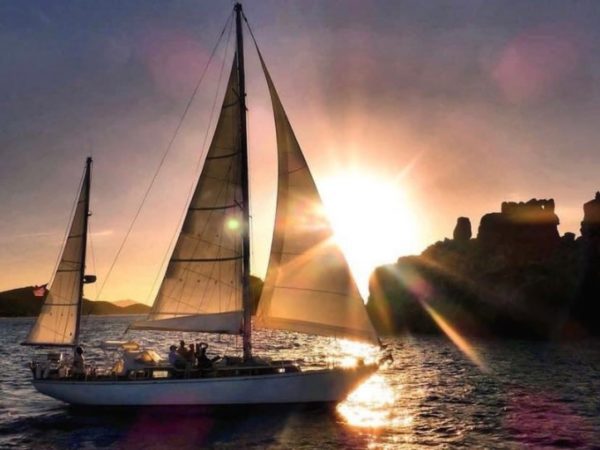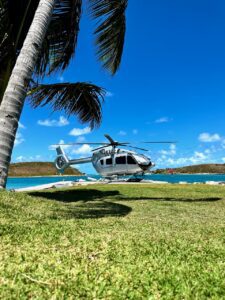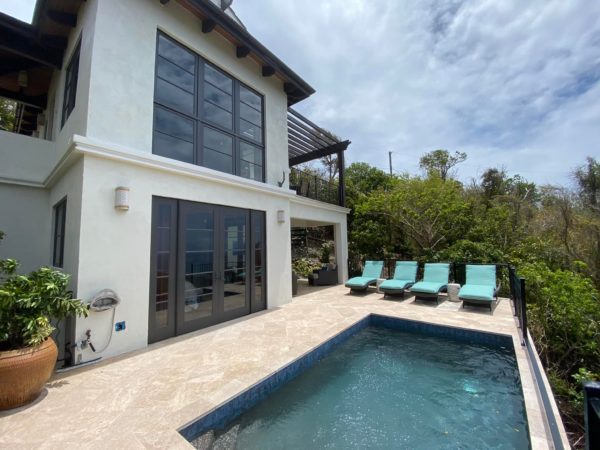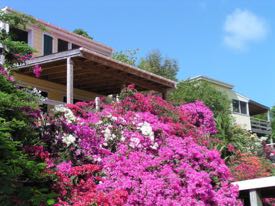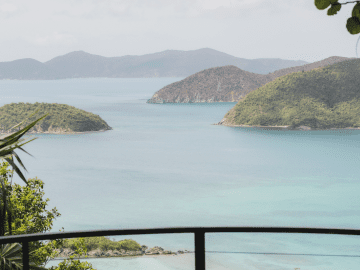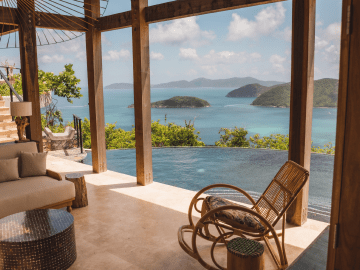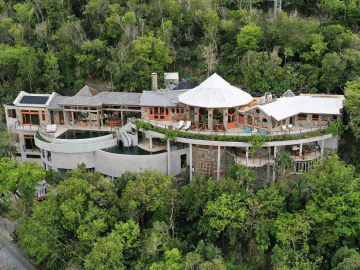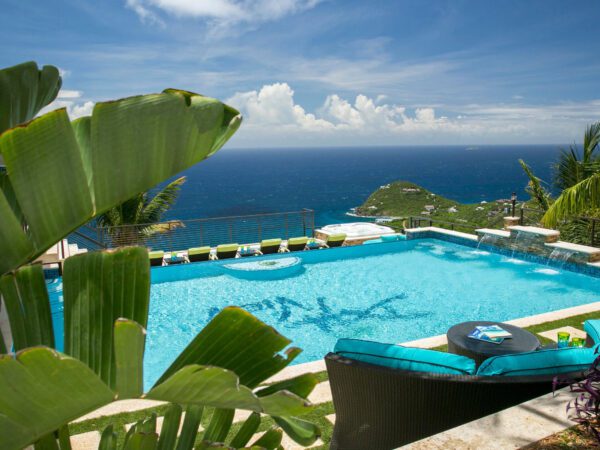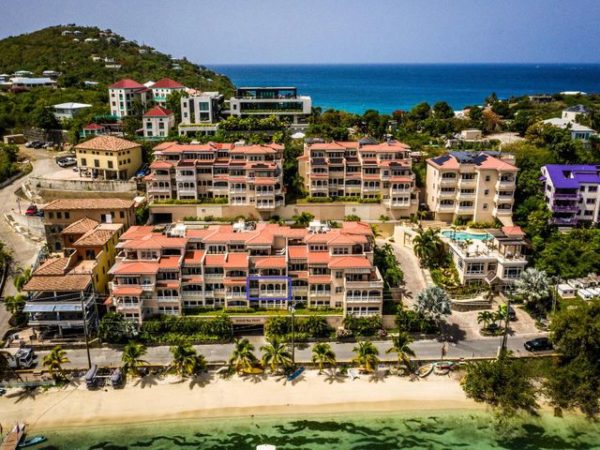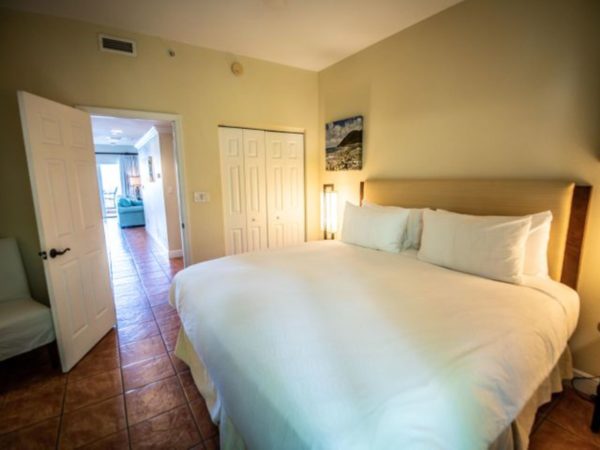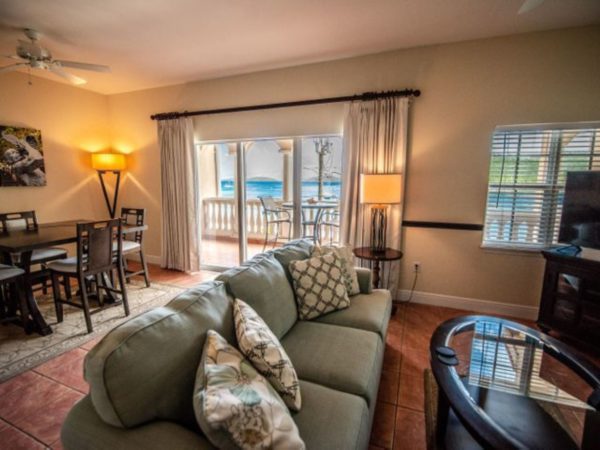Friends of Virgin Islands National Park turtle team has been busy…As have the turtles of St. John. HA! This non-profit coordinated, National Park partnered, volunteer driven Sea Turtle Program aims to protect sea turtle nests, facilitate research projects and spread awareness of sea turtle preservation in the Virgin Islands. And this nesting season, they have had their work, gratefully, cut out for them!
Although, Love City is home to four species of turtles, during the peak nesting months of August to November it is the Hawksbill turtles that pre-dominantly occupy the sandy beaches of St. John.
During this time, these turtles will return to their natal beaches and deposit between 3-5 nests at 14 day intervals. Each nest contains 80-200 ping-pong shaped eggs that incubate for around 55-75 days.- Friends VINP
Although Hawksnest turtles are the majority responsible for the nests on St. John, they are just one of the four endangered species of turtles that can be found inhabiting the crystal clear, blue waters that we all know and love. Green turtles, Leatherbacks and the occasional Loggerhead can be spotted poking their head above the water for a breath of fresh air or during a magical underwater encounter just a few steps from the beach.
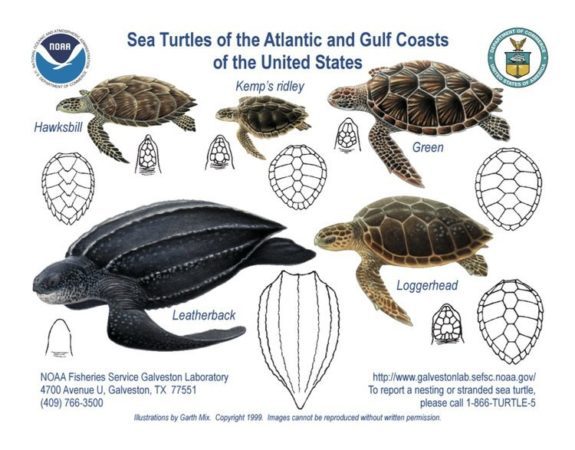
But, I would like to put a little emphasis on the word “endangered” here. Imagine…a world without sea turtles! The Endangered Species Act was passed in 1973 and, to date, protects 2,360 species that are on the brink of extinction. Of these species, only 3% have a bright horizon of recovering their numbers. Seven species of turtles occupy the list. And four of them reside in the Virgin Islands.
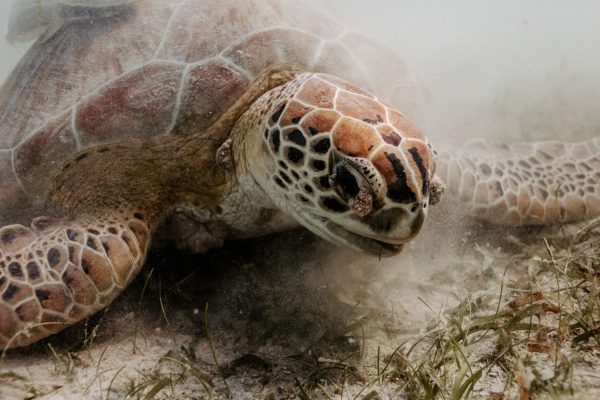
Accordingly, the Sea Turtle Protection Program is one of Friends VINP’s leading initiatives. And, this time of year, their volunteer hours are amped up and the team hits the beaches at all times of day and night to watch for new nests, monitor the progress of the wee babes and assist in their protection on their arduous journey from the sand to the water’s edge. In short, turtle power is in full effect with the tireless efforts of Friends VINP and National Park staffers and some 90 kind-hearted volunteers 🙂 These dedicated volunteers, led by program managers Arden Anderson and Willow Melamet, monitor assigned beaches at least 1-2 times a week from July through November looking for sea turtle nesting activity and monitoring known nesting activity.
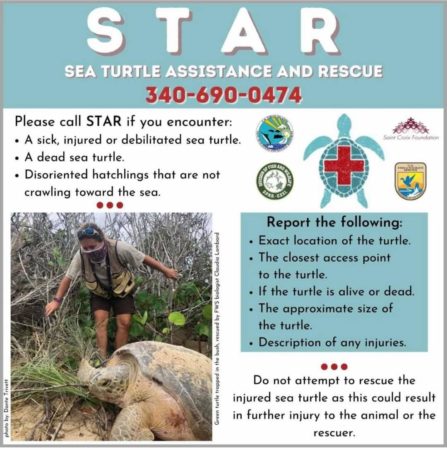
This week, Virgin Islands National Park posted an amazing update to the Facebook page…In total, there are currently 18 turtle nests on St. John with 14 of them currently incubating! That’s A LOT of baby turtles anxiously awaiting their maiden voyages into the deep blue sea!

Here’s a fun little factoid for you…Did you know that sea turtles swim for sometimes hundreds (or thousands!) of miles to dig their nests at the same beach as their birth? So, maybe those dozens of sea turtles you see at Maho or Francis don’t necessarily nest there because they weren’t born there. Those places just have the best all-you-can-eat sea grass buffet, so that’s where they hang out. The turtles that actually have their babies on these beaches may be coming from the BVI or St. Croix…Or even farther! The whole “Don’t forget where you came from,” phrase is key in turtle lingo. Pretty cool huh?
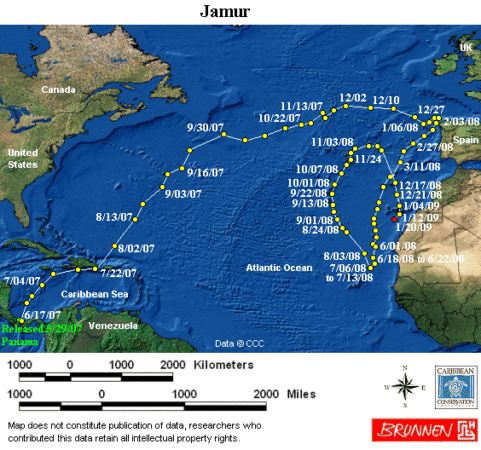
But, even if ALL of these wee babes that are waiting for their first breaths of air on St. John make their way to the sea for a happy life of swimming and munching away, the human (and natural predator) impact can continue to narrow both their life expectancies and the overall number of sea turtles in a grave way. Just a few months ago, a turtle was clipped by a power boat on the North Shore and, although trained professionals ran to his rescue, he didn’t make it.
That’s a worst case scenario story and a fortunately infrequent occurrence (that we know of anyway). But one that could easily have been avoided with an attentive Captain and guests on board. So, next time you’re out on a charter, keep an eye on the water for those precious green heads and point them out to your captain when you spot one!
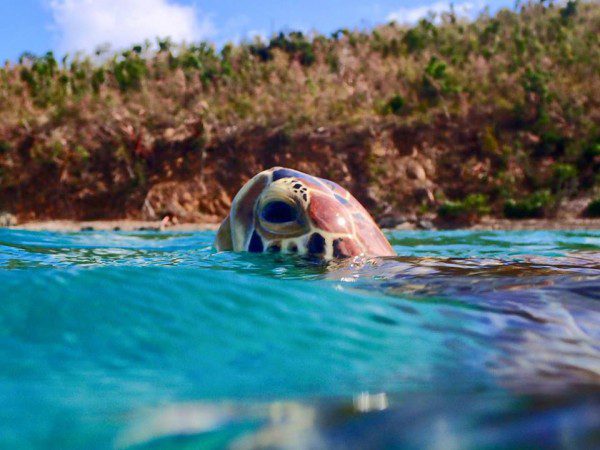
On the other end of the spectrum, even touching a turtle or invading it’s “personal space” could put our beloved green friends in danger. It may be super enticing to reach out and touch that turtle in order to snap a photo…Or even to simply feel that connection! But, please keep in mind that your connection with that beautiful being could actually come at the cost of his or her health. These majestic sea creatures can become vulnerable to harmful bacteria by only the briefest human contact. Leaving them susceptible to disease. They have a precious and protective layer of “bio-film” on their shell that keeps infection out. So, in a nut shell (pun intended!), the photo op you were dying for, could eventually lead to just that for the turtle model in your highlight reel.
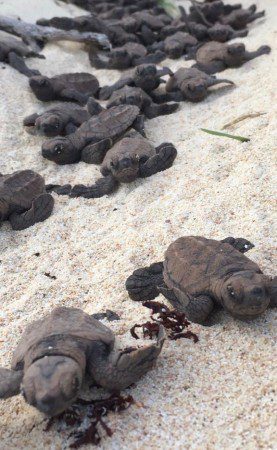
Additionally, touching a turtle can be considered “harassment” under the Endangered Species Act and is punishable by a $1,000-$5,000 fine! Two years ago, the NOAA showed up at a man’s home after his vacation in Hawaii. They found him via social media after he posted a video of himself with an endangered monk seal and another with a sea turtle. The man was issued a fine, which he agreed to pay, and was notified that the NOAA recommends keeping a distance of ten feet from endangered sea turtle species!

These are all valid reasons for not interfering with the turtles as they go about their days, but we should try to limit our contact with all sea life at all costs. The beautiful flora and fauna of our surrounding waters are out there living their best lives and we are privileged to witness it for our viewing enjoyment. And not for an interactive experience 🙂
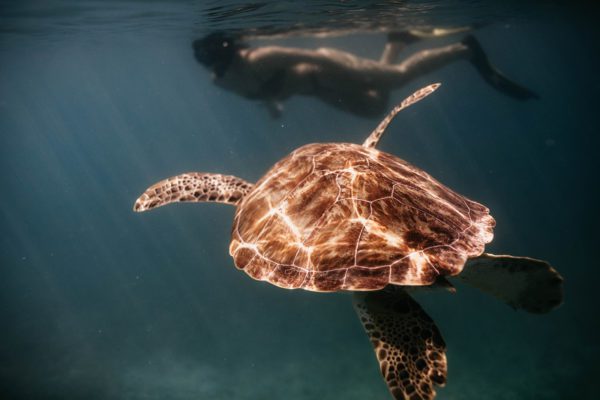
For more information about the Sea Turtle Nesting Program, please visit the Friends VINP site. Or, better yet, ADOPT A TURTLE and support this very necessary preservation program in support of our favorite St. John underwater friends.


